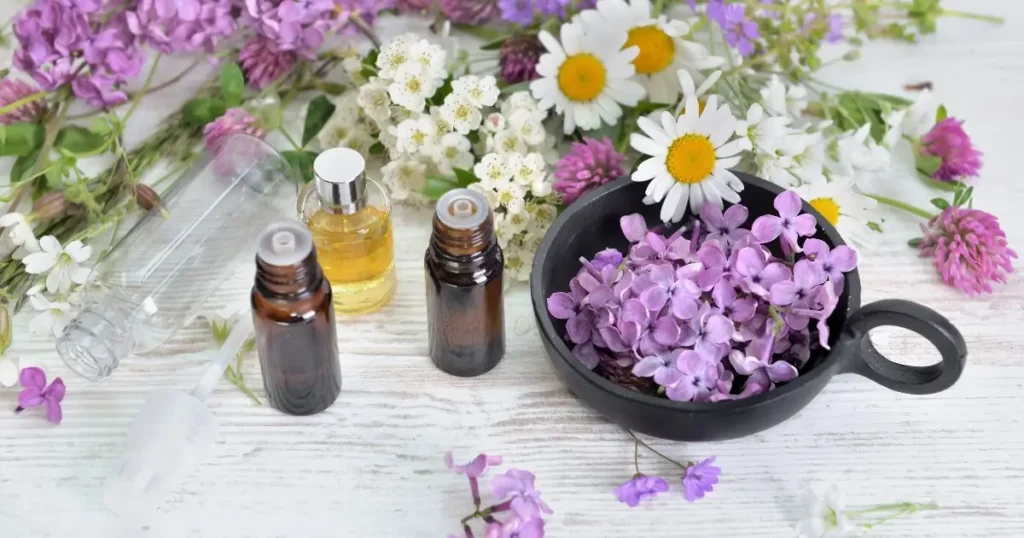The Truth About Essential Oils—What’s Really in Your Bottle?

When you reach for a bottle of essential oil, whether to ease stress, boost focus, or simply freshen your space, you trust that what’s inside is pure and potent. However, the reality is often more complex than what meets the eye—or nose. The world of essential oils is filled with claims of purity and naturalness, but how much do you really know about what’s in that tiny bottle?
Understanding the intricacies of essential oil production and the various factors that influence their quality is crucial. In this article, we’ll explore 10 essential truths that will help you navigate the sometimes murky waters of essential oil selection, ensuring that you get the most out of these powerful, aromatic tools.
Read on to uncover the facts that every essential oil user should know.
Are Any Essential Oils Bad for You?
While certain essential oils, like pennyroyal or wintergreen, carry inherent risks due to their potent natural compounds, the true danger often lies in what you can’t see—or smell. Adulterated oils, laced with synthetic chemicals or tainted by impurities, can turn a seemingly harmless remedy into a potential hazard. These unclean additions can provoke unexpected allergic reactions, skin irritations, or even more severe health issues. To truly benefit from essential oils, it’s crucial to seek out products that are pure and unadulterated, sourced from brands you can trust.
- Are Any Essential Oils Bad for You?
- 1. Purity Varies by Brand
- 2. Labeling Can Be Misleading
- 3. Extraction Methods Matter
- 4. Adulteration is Common
- 5. Country of Origin Affects Quality
- 6. Essential Oils Can Be Contaminated
- 7. Not All Oils Are Therapeutic-Grade
- 8. GC/MS Testing is Crucial
- 9. Storage Affects Longevity
- Final Thoughts

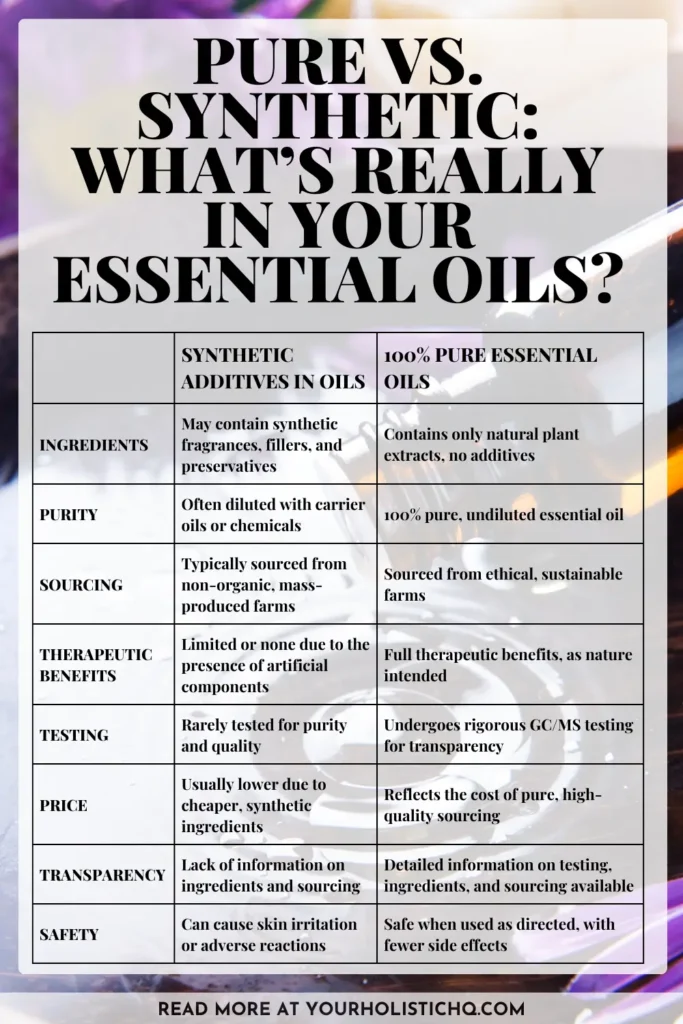
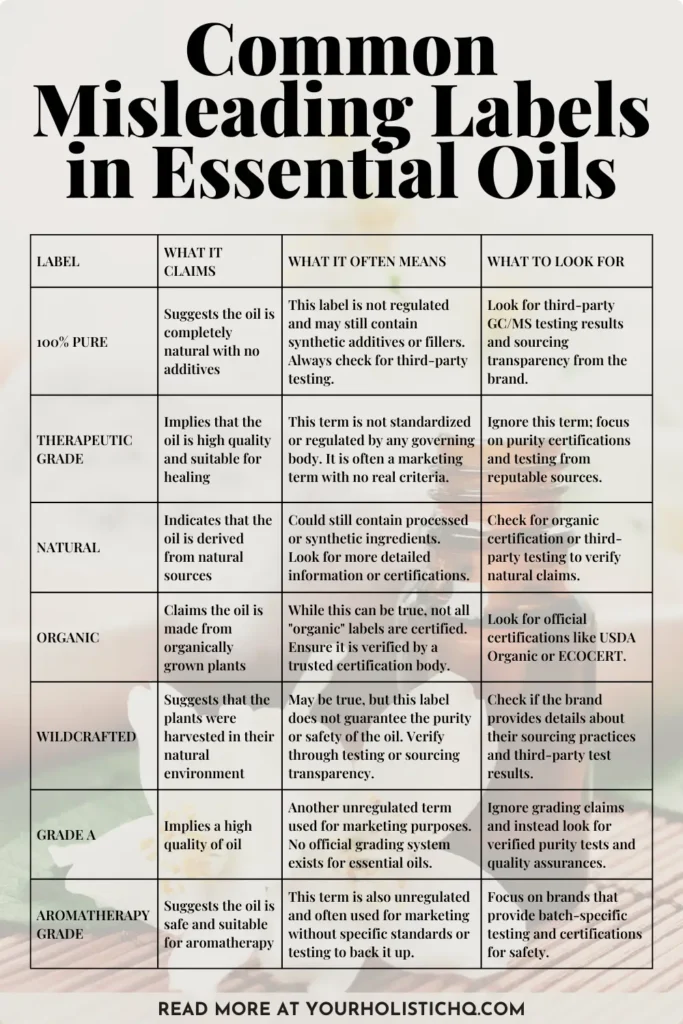
1. Purity Varies by Brand

The quality of essential oils can vary dramatically depending on the brand you choose, and this variation can have significant implications for your health and wellness. While some companies are dedicated to producing pure, high-quality oils, others may take shortcuts that compromise the product’s integrity. These shortcuts can include diluting the oil with cheaper ingredients or using lower-grade plant material, which diminishes the oil’s therapeutic benefits. This inconsistency means that even when you purchase an essential oil labeled as “pure,” the actual contents of the bottle may not meet your expectations.
What sets top-tier brands apart is their commitment to quality control throughout the entire production process, from sourcing the plants to the final bottling of the oil. Reputable companies go to great lengths to ensure that their oils are free from contaminants and synthetics, offering transparency about their sourcing and extraction methods. Brands like Young Living, doTERRA, and Plant Therapy are often recognized for their rigorous testing and consistent quality. That’s why knowing the essential oil brands you can trust is so important—it can make all the difference in the safety and effectiveness of the products you choose.
For consumers, recognizing that purity varies by brand is essential. It’s not just about finding a brand that fits your budget—it’s about finding one that prioritizes quality and integrity. By choosing brands that are committed to maintaining high standards, you can be more confident in the therapeutic benefits of the oils you use and avoid the risks associated with lower-quality products. In a market flooded with options, informed choices are your best defense against subpar essential oils.
2. Labeling Can Be Misleading

In the essential oil industry, labels can often be more about marketing than truth. Terms like “100% pure,” “natural,” and “therapeutic grade” are frequently used to attract consumers, but these labels can be misleading. The problem lies in the fact that these terms are not regulated by any official standards, which means that companies can use them without necessarily meeting any specific criteria. As a result, an essential oil labeled as “pure” might still contain synthetic additives, fillers, or other undisclosed substances, leading consumers to believe they are purchasing a higher-quality product than they actually are.
This misleading labeling is particularly concerning for consumers who rely on essential oils for their health and wellness. When labels don’t accurately reflect what’s in the bottle, users may not experience the therapeutic benefits they expect, or worse, they may unknowingly expose themselves to harmful chemicals. The lack of regulation in the industry allows for a wide range of quality under the same label terms, making it difficult for consumers to discern which products are genuinely high-quality and which are not.
To navigate the complexities of essential oil labeling, it’s important for consumers to look beyond the marketing claims and seek out additional information. Researching the brand’s practices, checking for third-party testing, and understanding the production process are all key steps in ensuring that the oils you purchase are truly what they claim to be. By being vigilant about misleading labels, you can make more informed decisions and select essential oils that are both safe and effective for your needs.
3. Extraction Methods Matter
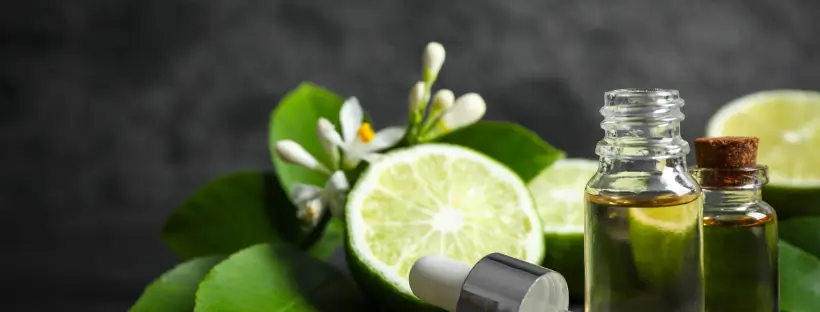
The journey of an essential oil from plant to bottle is a delicate process, and the method used to extract the oil can significantly impact its quality, potency, and purity. Not all extraction methods are created equal—some preserve the natural integrity of the plant’s compounds, while others may degrade or alter them. For instance, steam distillation, a traditional method, is often praised for its ability to produce high-quality oils by gently coaxing the essential compounds out of the plant material. On the other hand, methods like solvent extraction, which use chemicals to extract the oils, can leave behind residues that compromise the purity and safety of the final product.
The extraction method also influences the oil’s therapeutic properties. Cold pressing, commonly used for citrus oils, ensures that the fragile compounds remain intact, preserving the oil’s vibrant aroma and health benefits. In contrast, methods that involve high heat or harsh chemicals can strip away vital components, diminishing the oil’s effectiveness. This is why oils extracted through gentler methods are often more potent and closer to what nature intended. Choosing an oil with the right extraction method is essential for ensuring that you’re getting the full range of benefits the plant has to offer.
Understanding the importance of extraction methods empowers you to make more informed choices when selecting essential oils. Brands that prioritize high-quality extraction techniques are more likely to deliver oils that retain their full therapeutic potential. When you know how your oil was made, you can trust that what’s in the bottle truly represents the best of what the plant has to offer.
4. Adulteration is Common

Adulteration is a widespread issue in the essential oil industry, driven by the desire to maximize profits at the expense of product purity. This practice involves adding cheaper substances, synthetic compounds, or fillers to essential oils to increase volume or mimic the scent of more expensive oils. Unfortunately, these adulterated products often find their way onto the market under labels claiming “100% pure” or “natural,” deceiving consumers into believing they are buying a high-quality product. The reality, however, is far more concerning, as adulterated oils can lack the therapeutic properties of true essential oils and may even introduce harmful substances.
The health risks associated with adulterated essential oils are significant. The synthetic additives and fillers used in these oils can cause allergic reactions, skin irritations, and even more serious health issues, particularly when used over time. For individuals with sensitivities or compromised immune systems, the effects can be even more severe. What’s more, because these adulterated oils often closely mimic the scent and appearance of genuine oils, even experienced users can be misled, further complicating the issue.
To protect yourself from the dangers of adulterated oils, it is essential to purchase from brands that prioritize transparency and integrity. Look for companies that provide detailed information about their sourcing, production methods, and testing practices, including third-party verification of their products. By being aware of the common practice of adulteration, you can make informed choices that safeguard your health and ensure that you’re truly benefiting from the natural power of essential oils.
5. Country of Origin Affects Quality

The geographic origin of an essential oil plays a crucial role in determining its quality, potency, and therapeutic benefits. The environment in which a plant is grown—its soil, climate, altitude, and even the local farming practices—can significantly influence the composition of the essential oil extracted from it. For instance, lavender grown in the high altitudes of France’s Provence region is renowned for its high levels of linalool, a compound prized for its calming effects. In contrast, the same species grown in a different climate might yield an oil with a different chemical profile, offering different benefits or potentially being less effective.
Understanding the importance of a plant’s origin goes beyond mere preference; it’s about ensuring the oil you choose delivers the desired therapeutic effects. Plants grown in their native or ideal environments tend to produce the highest quality oils, rich in the compounds that make them effective. This is why certain regions of the world are famous for specific oils—think of rose oil from Bulgaria or sandalwood from India. The unique conditions in these regions cultivate plants that produce oils with unmatched purity and potency.
When selecting essential oils, paying attention to the country of origin can guide you toward products that truly harness the power of nature. Reputable brands often highlight the sourcing of their oils, offering transparency about where and how the plants are grown. By choosing oils from regions known for their high-quality production, you can ensure that you’re getting the most effective and authentic essential oils available.
6. Essential Oils Can Be Contaminated

While essential oils are often celebrated for their purity and natural origins, the reality is that they can sometimes be contaminated with harmful substances. Contamination can occur at various stages of production—from the farming practices used to grow the plants to the processing and bottling of the oils. Pesticides, heavy metals, and other environmental pollutants can make their way into the plants, and ultimately, into the oils you use. Even if an oil is labeled as “pure,” it may still carry traces of these unwanted substances, posing risks to your health.
Contamination isn’t always intentional; sometimes, it’s the result of poor agricultural practices or inadequate quality control during extraction and processing. For instance, if the plants are grown in soil that contains heavy metals, these can be absorbed and concentrated in the essential oil. Similarly, if pesticides are used on the plants, residues can remain in the final product. These contaminants can lead to allergic reactions, skin irritations, or more severe health issues, especially with prolonged use.
To protect yourself from contaminated oils, it’s important to choose products from brands that prioritize transparency and rigorous testing. Look for companies that source their plants from organic farms and provide third-party testing results to confirm the absence of contaminants. By being vigilant about the potential for contamination, you can ensure that the essential oils you use are not only effective but also safe for your health and well-being.
7. Not All Oils Are Therapeutic-Grade
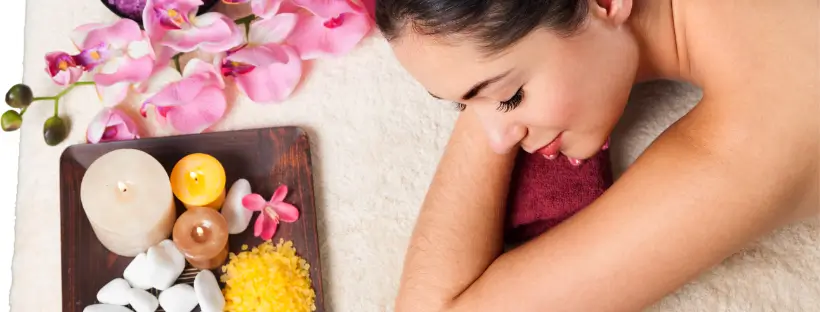
The term “therapeutic-grade” is often seen on essential oil labels, but it’s important to understand that not all oils live up to this standard—and in fact, the term itself is not officially regulated. While some essential oils are crafted with care, specifically for therapeutic uses such as aromatherapy, skin care, or holistic wellness, others are produced with far less stringent standards. These lower-grade oils may be intended primarily for fragrance or industrial use, lacking the purity and potency required for therapeutic effectiveness.
The difference between therapeutic-grade and non-therapeutic oils lies in their production process. High-quality, therapeutic-grade oils are typically extracted using methods that preserve the delicate compounds responsible for the oil’s healing properties. They are often sourced from plants grown in optimal conditions, harvested at the right time, and processed with care to maintain their integrity. In contrast, oils that are not therapeutic-grade might be distilled at higher temperatures, mixed with synthetic additives, or sourced from lower-quality plant material, resulting in a product that might smell similar but lacks the full spectrum of benefits.
For those seeking the health benefits of essential oils, understanding this distinction is crucial. Simply put, not all oils marketed as “essential” are suitable for therapeutic use. To ensure you’re getting a product that truly supports your wellness goals, look for brands that are transparent about their sourcing, extraction methods, and testing practices. Opting for therapeutic-grade oils guarantees that you’re investing in a product designed to deliver real, tangible benefits, rather than just a pleasant scent.
8. GC/MS Testing is Crucial

When it comes to ensuring the quality and purity of essential oils, GC/MS testing is an indispensable tool. Gas Chromatography/Mass Spectrometry (GC/MS) is a sophisticated analytical method that allows for the precise identification of the chemical compounds within an essential oil. This testing not only verifies the oil’s purity but also confirms that it contains the correct balance of natural constituents that give the oil its therapeutic properties. Without GC/MS testing, there’s no reliable way to know if the oil in your bottle is what it claims to be.
GC/MS testing is crucial because it helps detect adulteration and contamination, issues that are unfortunately common in the essential oil industry. Through this testing, companies can identify the presence of synthetic additives, fillers, or contaminants that might not be disclosed on the label. For consumers, this means greater confidence in the product’s safety and effectiveness. An oil that has undergone rigorous GC/MS testing is more likely to be pure and potent, free from harmful chemicals, and true to its natural origins.
Choosing essential oils from brands that conduct and share GC/MS testing results ensures that you’re getting a high-quality product. This transparency is a mark of integrity and commitment to delivering the best possible oil. When you select oils that have been thoroughly tested, you can trust that you’re using a product that will deliver the full spectrum of benefits you’re seeking, without the worry of hidden impurities.
9. Storage Affects Longevity
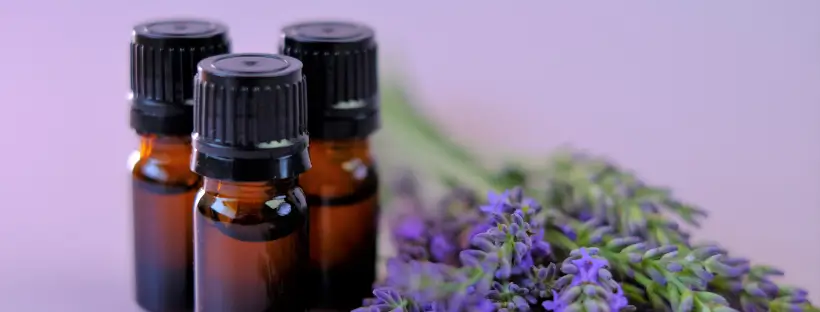
The way you store your essential oils can significantly impact their longevity, potency, and overall effectiveness. These delicate oils are sensitive to environmental factors such as light, heat, and air, which can cause them to degrade over time. Improper storage can lead to a loss of therapeutic properties, changes in scent, and even the formation of harmful compounds. To get the most out of your essential oils, it’s essential to understand how proper storage plays a crucial role in maintaining their quality.
Light is one of the biggest enemies of essential oils. Exposure to sunlight or even artificial light can cause chemical changes within the oil, reducing its potency and effectiveness. This is why essential oils are typically stored in dark glass bottles, which help protect them from light exposure. Similarly, heat can accelerate the degradation process, breaking down the oil’s delicate compounds. Storing your oils in a cool, dark place, away from direct sunlight and heat sources, is key to preserving their integrity.
Air exposure is another factor that can affect the longevity of your essential oils. When exposed to air, oils can oxidize, leading to a loss of therapeutic benefits and a change in their chemical composition. To prevent this, always make sure your bottles are tightly sealed after each use. By following these simple storage guidelines, you can extend the shelf life of your essential oils and ensure they remain as effective and safe as the day you first opened them. Proper storage isn’t just about keeping your oils fresh—it’s about safeguarding their ability to support your health and well-being.
Final Thoughts
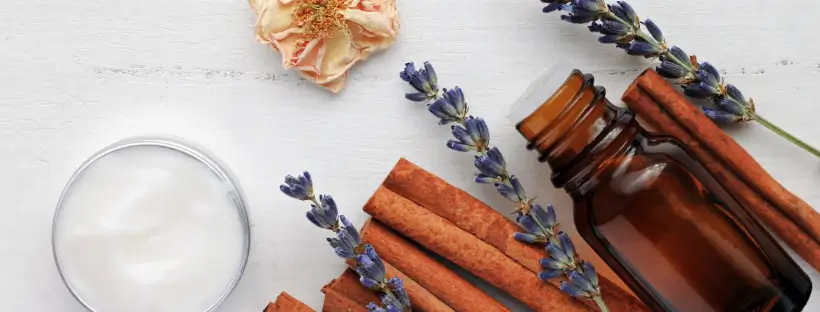
Navigating the world of essential oils can be both exciting and overwhelming. With so many factors influencing the quality and safety of these potent extracts, making informed choices is crucial. From understanding the importance of purity and the risks of adulteration to recognizing how storage and sourcing impact an oil’s effectiveness, every detail matters. Essential oils offer a wealth of benefits when used properly, but achieving those benefits requires diligence in selecting products from reputable sources and a commitment to proper usage and storage.
As you incorporate essential oils into your daily life, remember that not all oils are created equal. The promises on the label may not always reflect the reality in the bottle, making it vital to look beyond marketing claims and seek out brands that prioritize transparency, quality control, and rigorous testing. By doing so, you can ensure that the oils you use are pure, potent, and aligned with your wellness goals.
Ultimately, your journey with essential oils should be one of empowerment. Armed with the knowledge from this article, you can confidently choose oils that truly enhance your health and well-being, knowing that you’ve taken the necessary steps to select the best products available. The world of essential oils is rich with potential, and with careful consideration, you can fully unlock their benefits in a safe and effective way.




